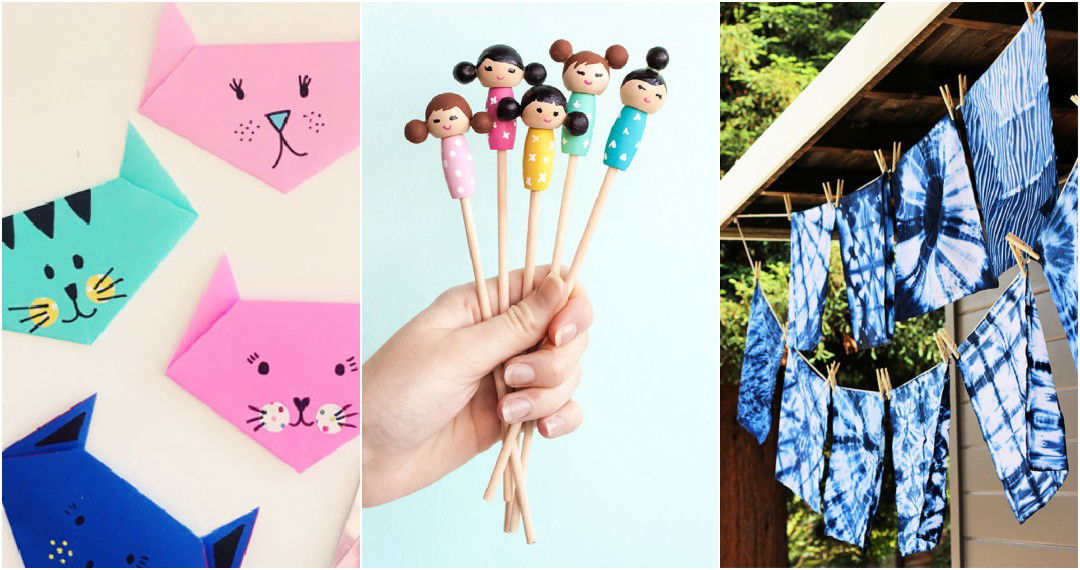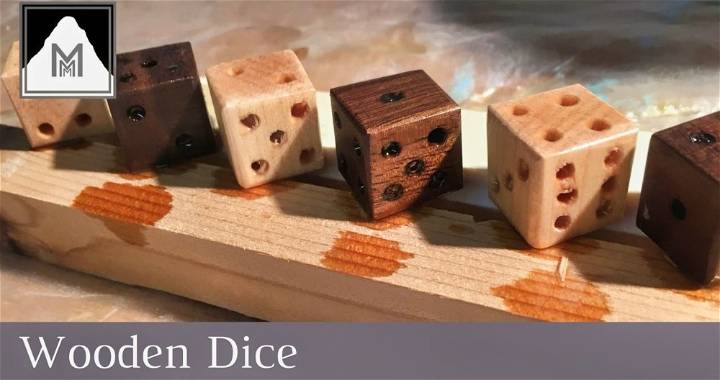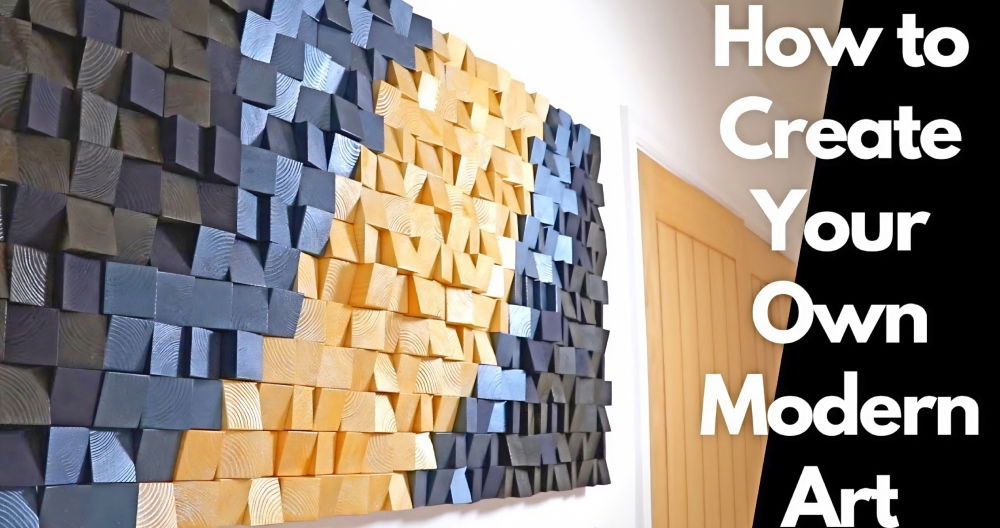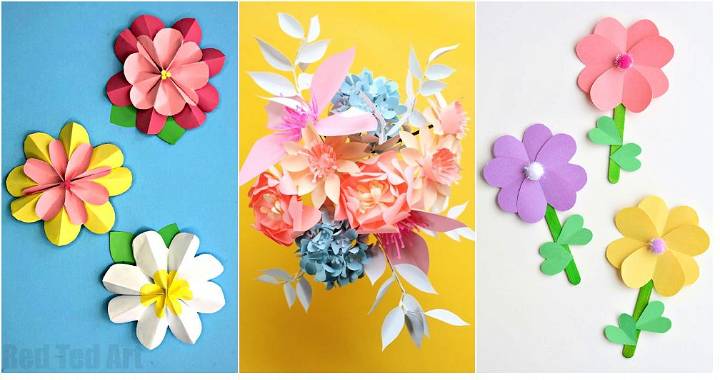I remember the first time I decided to make a lanyard at home. It was for my school project, and I had no idea where to start. I gathered some colorful threads, beads, and a lanyard hook. With the help of online videos and a bit of trial and error, I managed to make a simple but beautiful lanyard. It felt rewarding to see my work come together.
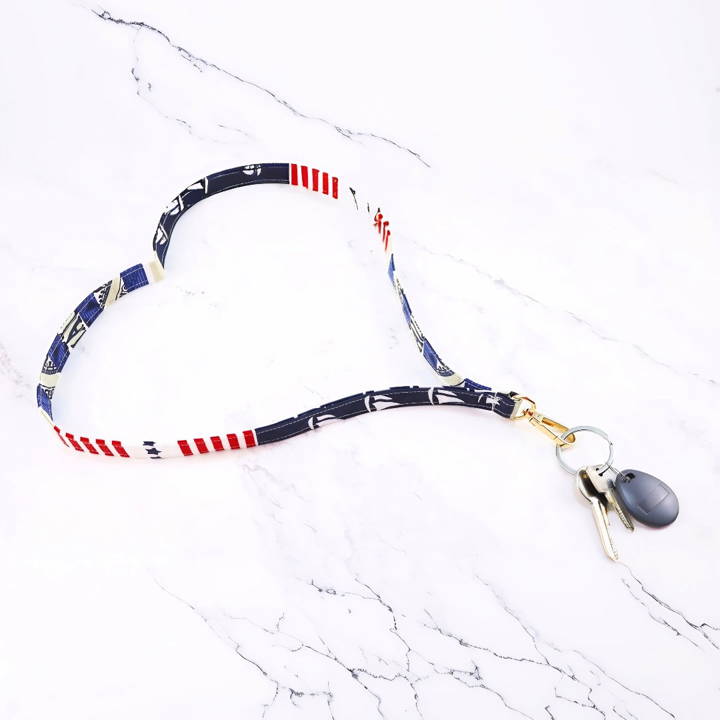
With just a few materials, you can make your own lanyard too. It's a fun and easy project that you can do in your spare time. I encourage you to start with these simple steps, and you'll see how enjoyable it can be.
I'm here to help you with this: follow along for a creative and rewarding experience.
Why Make Your Own Lanyard?
Besides never having to turn your house upside down for keys again, making your lanyard allows you to choose your fabric, showing off your style. Plus, it's a quick and cost-effective crafting project that even beginners can tackle with ease.
Materials You'll Need
Let's start by gathering our supplies. Here's what you'll need:
- Cotton Fabric: Pick a design that speaks to you. A bit of color and pattern can add a punch of personality to your lanyard. The fabric's sturdiness is perfect for a project like this.
- 3/4" (2cm) Swivel Clamp: This is crucial for attaching your keys or ID. The swivel function allows for easy movement.
- Ruler: For measuring your fabric accurately.
- Rotary Cutter and Mat: These make cutting your fabric to size a breeze and much more precise than scissors.
- Pins or Clips: To hold your fabric in place before sewing.
- Sewing Machine: Essential for stitching everything together.
Step by Step Instructions
Make your own lanyard with our easy, step-by-step DIY instructions. Perfect for beginners and fun crafting at home.
Step 1: Cut Your Fabric
First, you'll want to cut your fabric strip to size. Using your ruler, measure out a strip that's 36.5" long and 3" wide (93 x 7.5 cm). The length is perfect for a comfortable hang around the neck, and the width allows for a sturdy fold.
Step 2: Fold and Press
Fold your fabric strip in half lengthwise and press it with an iron to mark the midpoint. This crease is your guide for the next folds. Open up the strip and then fold each edge towards the center crease you just made, pressing them as you go. This process makes clean, finished edges for your lanyard.
Step 3: Pin and Sew
Fold your fabric strip in half again, this time along the original crease, enclosing the raw edges inside. Pin this in place. Now, topstitch along both long sides of the strip, securing the folds.
Step 4: Attach the Swivel Clamp
Before attaching the clamp, you'll need to prepare the ends of your lanyard. Align the short raw edges, right sides together, sewing them with a 1/4" seam. This makes a continuous loop. Flip the lanyard right side out for a clean finish. Slide your swivel clamp to the seam, ensuring it faces outwards. Sew across the lanyard close to the clamp to secure it, adding several back-and-forth stitches for strength.
Customization Ideas for Your DIY Lanyard
Making a DIY lanyard is not just about functionality; it's also an opportunity to express your personal style and creativity. Here are some unique and practical ideas to customize your lanyard, making it a standout accessory that's all your own.
- Choose Your Fabric Wisely Start by selecting a fabric that reflects your personality. Whether it's a vibrant print, a sleek solid color, or even a soft, upcycled material, the right fabric can set the tone for your lanyard.
- Add Some Texture Consider incorporating different textures by using materials like ribbons, lace, or braided cords. This not only adds visual interest but also a tactile element to your lanyard.
- Get Creative with Beads and Charms Beads and charms are perfect for adding a bit of sparkle and personality. You can spell out your name with letter beads or attach charms that represent your hobbies or interests.
- Embroidery and Stitching If you're handy with a needle and thread, try adding embroidered details or decorative stitching. This can range from simple borders to intricate patterns that make your lanyard truly one-of-a-kind.
- Functional Add-ons Think about what you'll be using your lanyard for. If it's for keys, consider adding a sturdy key ring. For ID badges, a clear plastic sleeve can be both practical and stylish.
- Safety First If you're making a lanyard for a child or for use during active pursuits, add a safety breakaway clasp that will open if the lanyard is pulled too hard.
- Make It Reversible For a lanyard that can change with your mood or outfit, make it reversible. Use two different fabrics, so you have two looks in one.
- Personalize with Tags or Labels Make personalized tags or labels with your name, a favorite quote, or a message. This not only identifies the lanyard as yours but also adds a personal touch.
Incorporate these ideas to make your DIY lanyard both practical and uniquely you. Enjoy making a lanyard that suits your style, and let your imagination guide you!
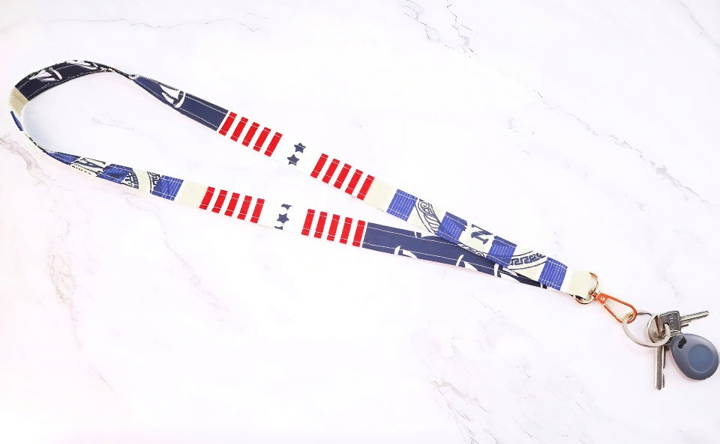
Maintenance and Care Tips for Your DIY Lanyard
Taking care of your DIY lanyard is important to ensure it stays looking great and lasts a long time. Here are some simple and effective tips to help you maintain your lanyard:
- Keep It Clean Regularly clean your lanyard to prevent dirt and grime from building up. If it's made of fabric, a gentle hand wash with mild soap and water will do the trick. For lanyards made of synthetic materials, wiping with a damp cloth should suffice.
- Avoid Harsh Chemicals Steer clear of harsh chemicals and bleach when cleaning your lanyard. These can damage the material and cause colors to fade.
- Dry Properly After washing, make sure to dry your lanyard completely before using it again. Air drying is the best method, as it prevents shrinkage and maintains the shape of the lanyard.
- Store Safely When not in use, store your lanyard in a cool, dry place. Avoid leaving it in direct sunlight or in damp areas, as this can lead to fading or mildew.
- Regular Inspections Periodically check your lanyard for any signs of wear and tear, especially around the clasps and attachment points. If you notice any damage, it's best to repair or replace the affected parts promptly.
- Handle with Care Be mindful of how you handle your lanyard. Pulling too hard or frequently twisting it can weaken the material over time.
- Keep Away from Sharp Objects To prevent snags and tears, keep your lanyard away from sharp objects. If you're using it to hold keys, make sure the edges of the keys are not rubbing against the lanyard fabric.
Maintain your DIY lanyard with these tips to ensure it stays functional and stylish for years. A bit of care goes a long way!
FAQs About DIY Lanyard
Discover answers to common questions about DIY lanyards, including materials, steps, and creative ideas for making your own custom lanyard.
After preparing your fabric, topstitch along both long edges with a 1/8 inch seam allowance. Slide the clamp onto the lanyard, fold the ends to meet, and stitch them together with a quarter-inch seam allowance. Reinforce with multiple stitches for durability.
Yes, you can adjust the length of your lanyard to suit your needs. The standard length is 36.5 inches, but you can make it shorter or longer. Just remember to cut the width consistently at 3 inches to ensure it folds and holds well.
When making a lanyard, be cautious with sharp tools like scissors and rotary cutters. Ensure the lanyard isn’t too long to prevent tripping hazards. Use the lanyard for its intended purpose and avoid using it for activities that could strain it, like towing heavy objects.
To ensure durability, use a high-quality cotton fabric or nylon webbing for strength. When sewing, use a small stitch length to reinforce the seams. Additionally, consider using a lobster clasp made of metal rather than plastic for better longevity.
You can personalize your lanyard by adding beads, embroidery, or fabric paint. For a functional twist, sew in a small pocket for cards or cash. If you're feeling adventurous, try making a braided lanyard using paracord or leather for a different look and feel.
Final Thoughts
In conclusion, learning how to make a lanyard can be a fun and rewarding project. By following the steps outlined in this guide, you'll make a unique and practical accessory. Enjoy crafting your personalized lanyard and showcasing your creativity!






